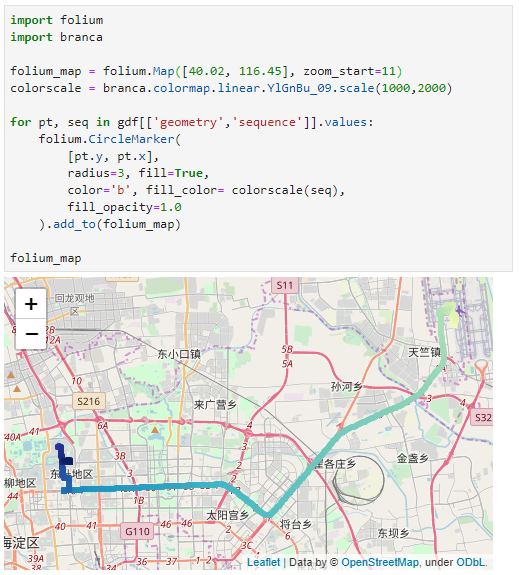
One basic functionality we could add to our map is the ability to mark places so that they can easily be found, or to highlight important information. The true power of folium comes from combining the mapping capabilities of the library with the data manipulation power of Python, so let’s start doing some of that. If all goes well, you should see a map like this: Basic mapĮven though this is already very exciting, we are not doing anything special with it. The function Map takes some optional arguments, in our case we are sending the location (coordinates) and a default zoom level. This will automatically generate an interactive map and output it to the jupyter notebook, where you will be able to interact with it.
Python folium cannot see map install#
pipenv install folium pandasĪfter having the libraries installed, creating a map is as simple as 1 line of code: import foliumįolium.Map(location=, zoom_start=12) You can use any packaging tool, I’ll provide the examples for pipenv and for pip prepending !, so that it works on jupyter notebooks like Google colab.


Python folium cannot see map code#
Harness the power of Python with data and Leaflet.js on mapping to create rich map visualizationsįolium is a python package that combines all the spectrum of tools python offers to manipulate data with the leaflet javascript library to create rich and interactive maps.Īs usual for my articles, I’m providing a Google colab jupyter notebook with all the code and results that you can access here .īefore we start building anything, let’s install some library that we will be using throughout the tutorial.


 0 kommentar(er)
0 kommentar(er)
